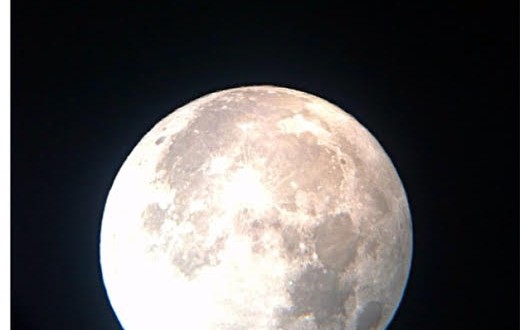Written by Ivey Ingalls-Rubin, Staff Writer
According to a recent paper published in Biology Letters, the pull of the moon may be too much for one particular plant to resist. This study reveals that the Ephedra foeminea shrub has some interesting characteristics, one might even consider them to be werewolf-like. This plant prefers to do its sprouting and unleash its pollen only under the light of a full moon.
Foeminae is the only known plant species that exists that syncs its reproduction to the light of the full moon. This peculiar specimen is native to the southeastern Mediterranean and areas that lie further south to Yemen. E. foeminae’s gymnosperm reproduces by the moonlight in order to lure nocturnal insects to its vibrant yellow and red cones, which glint like gems under an alluring moonbeam. This tousled shrub attracts its nocturnal friends by means of sugary drops laden with pollen placed upon its cone.

“The many pollination drops glitter like diamonds in the full-moonlight,” Catarine Rydin and Kristina Bolinder, of Stockholm University in Sweden write. “A spectacular sight also for the human eye.”
While E. foeminae is unique for plants, lunar cycle reproduction as well as activity has been found in various vertebrates and invertebrate alike. Exactly how this striking plant is aware of the presence of a full moon is still quite the mystery, it is possible that the indication lies within the gravitational pull of the moon. Researchers also speculate that the plant may hold a high sensitivity to moonlight.
This moonlight transformation establishes E. foeminea as a rarity amongst its kin.
“The lunar correlation has probably been lost in most species of Ephedra subsequent an evolutionary shift to wind pollination in the clade,” Catarine Rydin and Kristina Bolinder write. “When the services of insects are no longer needed for successful pollination, the adaptive value of correlating pollination with the full moon is lost, and conceivably also the trait.”
For more information please visit HERE.
 The Spectator The independent student newspaper of Valdosta State University
The Spectator The independent student newspaper of Valdosta State University








